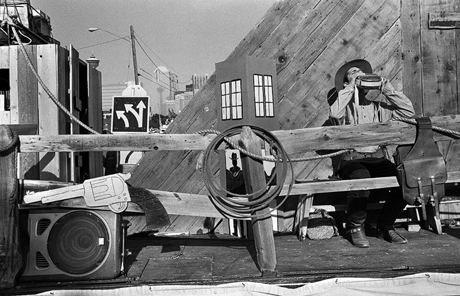
The first cowboys I photographed were at the Bighorn Stampede near the small town of Caroline, Alberta. Coffee was a quarter a cup and the only midway game was Duck Poop Bingo. I camped out with the rodeo competitors and their families and friends and was surprised to find them watching satellite TV in their big RVs. Sometime after dark, I woke to shouts of "Yahoo!" and the roar of ATVs careening through the trees.
I had grown up on the other side of the Atlantic where the cowboy rode into my consciousness on the silver screen. Six shooters and friends like Tonto were irresistible to a young boy's imagination and provided the narrative for our games. In Caroline, I had expected bedrolls around campfires. That sleepless night, more than the picture-perfect small-town rodeo the next day, fueled my fascination with the hero of the west.
A few months later I went to my first Calgary Stampede. It was like being at a cowboy convention and I was hooked. I went to the rodeo but found my gaze kept turning towards the audience rather than the action in the arena. The cowboy of the imagination interested me as much as the real McCoy. I bought a cowboy hat and joined the faithful, sweating on the concrete. Like them, I bought my share of Budweiser. Emboldened by a few beers, it was easier to lift my lens in the face of the tough unsmiling machismo of the inner circles.
Where did you go, Big Joe?
For a few years I looked forward to seeing Big Joe, one of the oldest cowboys still competing, a wild horse racer who grown up on a big spread in New Mexico and now ran cattle in northern British Columbia. One afternoon, I watched him snap a dislocated shoulder back in place by bracing it against a urinal. When Big Joe talked, other cowboys listened. When women were present, he tried not to swear and apologized if he did. The wild horse race was eliminated when the rodeo was redesigned a few years ago and Big Joe hasn't been back since.
Another regular stop on my pilgrimage was the teepee of Ed Calf Robe, a Siksika elder who has been at the Stampede every one of his 60-plus years. As a young man, he rode herd on cattle and competed in rodeos. He likes to say that cowboys and Indians really got along, that Hollywood was where they fought. He remembers being a kid and watching movies where the Indians would empty the whole barrel and one cowboy would fall. Then the cowboy would shoot once and 10 Indians dropped. "We used to all want to be cowboys," he says.
Shooting the legend
At the Stampede, photographers line the infields, shooting the legend year after year. The syntax never changes, representation is narrowly proscribed. Looking for more bandwidth, I wandered the acres of halls and grounds, alert for the unscripted. It was a gentleman cowboy drinking at the rodeo bar one afternoon who told me what I was doing. He had been watching me roam back and forth clicking away and told me I was bird dogging. The dictionary says that to bird dog is to follow a subject of interest, especially a person or a trend, with persistent attention. For nine Stampedes, starting in 1995 and ending in 2007, I bird dogged the cowboy at the biggest party held in his honour anywhere in the world, trailing the scent to where myth, history and spectacle collide.
Related Tyee stories:
- In Search of an Aboriginal Future (photoessay)
Author Marie Wadden on suicides, solutions, Harper's apology and more. - He Sees through Walls
Roger LeMoyne's 'humanitarian' lens. A conversation. - No More Vancouver Postcards (photoessay)
Photographer Mark Mushet gets in touch with his city's ugly side.
Read more: Photo Essays
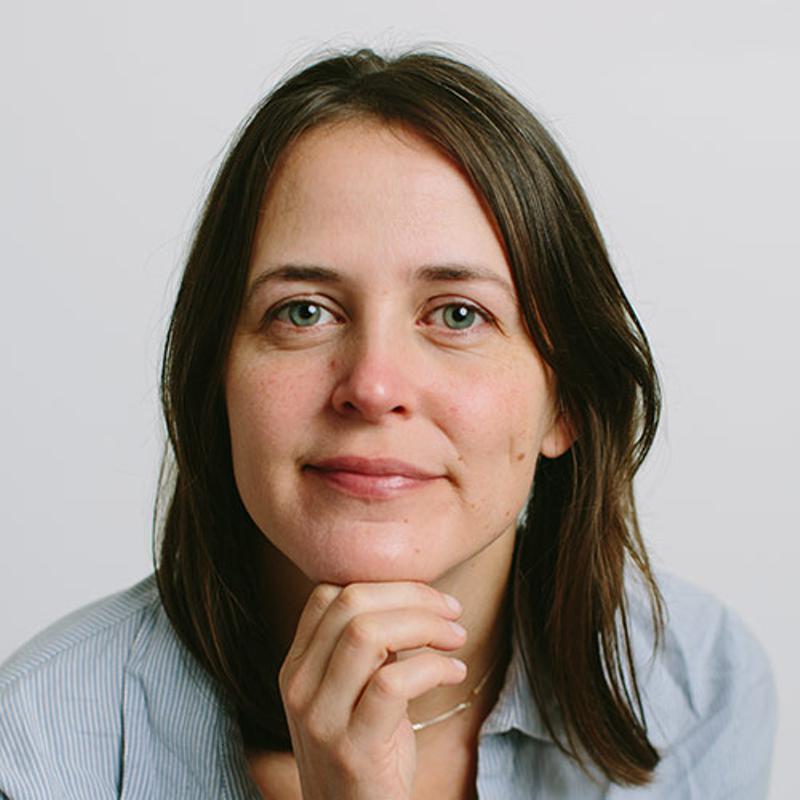

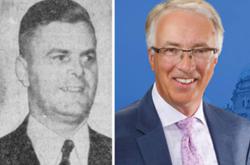
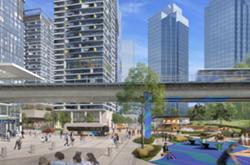
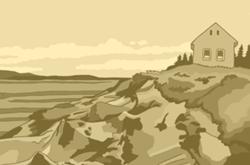

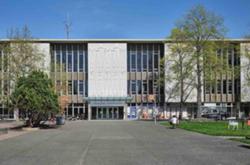
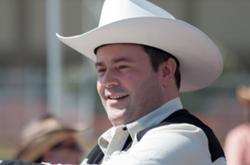

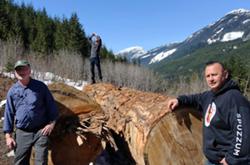

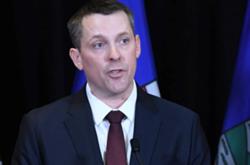
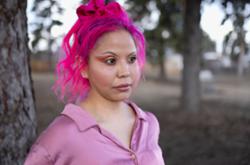
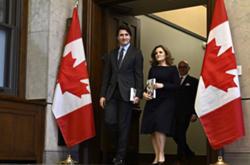
Tyee Commenting Guidelines
Comments that violate guidelines risk being deleted, and violations may result in a temporary or permanent user ban. Maintain the spirit of good conversation to stay in the discussion.
*Please note The Tyee is not a forum for spreading misinformation about COVID-19, denying its existence or minimizing its risk to public health.
Do:
Do not: